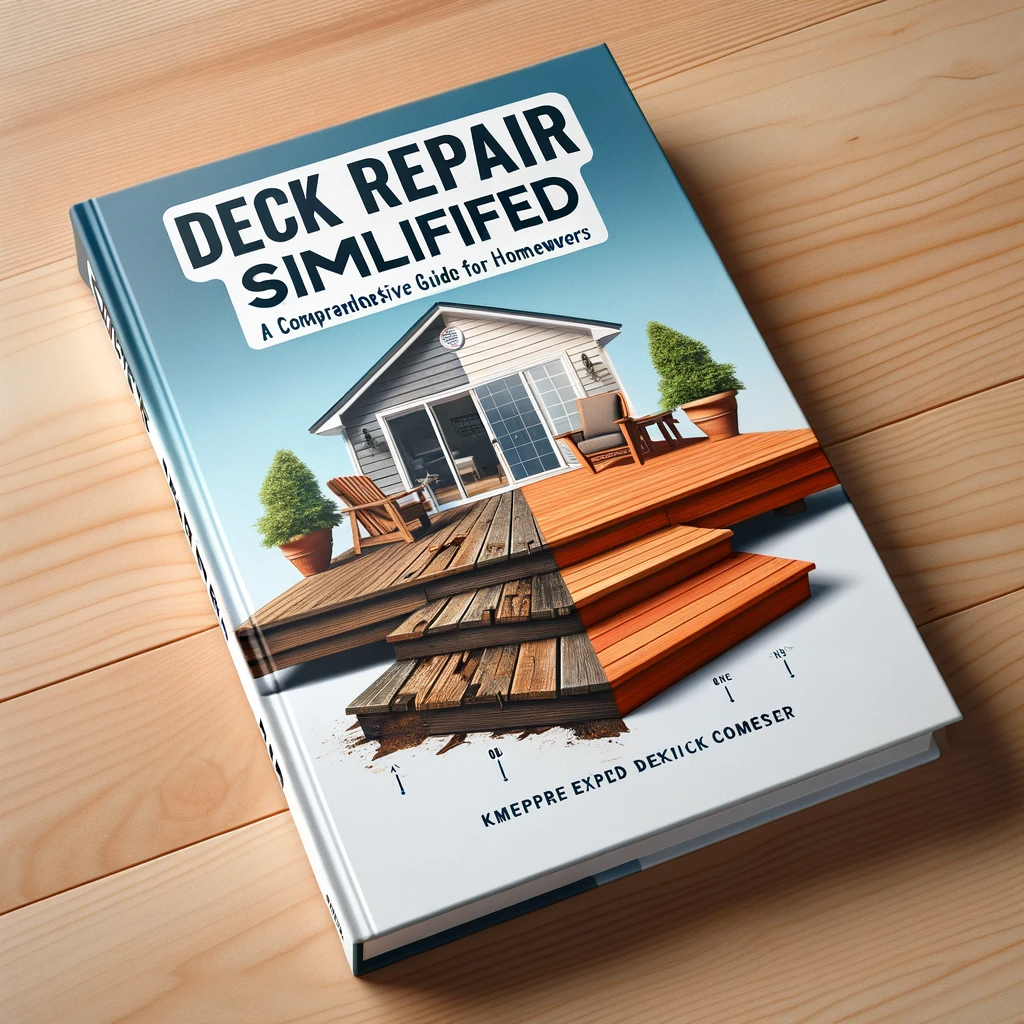San Diego’s idyllic climate and rich biodiversity, while attractive, also pose unique challenges in maintaining a pest-free home. From persistent ants to invasive rodents, residents often find themselves at war with unwelcome critters. This guide delves into effective ‘pest control San Diego‘ strategies, helping you safeguard your home against these pesky invaders.

Top Pest Control Challenges in San Diego
San Diego’s warm climate is a perfect breeding ground for a variety of pests. Termites thrive in the humidity, causing significant damage to wooden structures. The dry weather also attracts ants and spiders seeking moisture, while the mild winters mean rodents are active year-round. Additionally, seasonal shifts can lead to increased activity from pests like mosquitoes and fleas. Understanding these challenges is the first step towards effective pest management.
Professional Pest Control vs. DIY
While DIY pest control methods can be effective for minor issues, they often fall short in tackling larger infestations. Professional pest control services have the expertise and resources to address complex problems comprehensively. For example, termite infestations require professional treatment for complete eradication. Similarly, rodent infestations, which pose health risks, are best handled by experts who can ensure safe and thorough removal.
Pest Prevention Strategies
Preventive measures are key in maintaining a pest-free home. Regular home maintenance, such as sealing cracks and keeping the area clean and dry, can deter many pests. Properly storing food and disposing of garbage regularly are also crucial steps. Additionally, incorporating ongoing pest management practices, like regular inspections and treatments, can significantly reduce the likelihood of infestations.
Health and Safety Considerations
Many common pests in San Diego are not just a nuisance but also pose health risks. Rodents can carry diseases, while certain spiders and insects can cause allergic reactions. Safe pest control practices are essential to protect your family and pets. This includes using non-toxic treatments wherever possible and ensuring that any chemical treatments are applied safely and responsibly.
Selecting a Pest Control Provider in San Diego
When choosing a pest control service in San Diego, consider their expertise in dealing with local pests, their use of safe and effective methods, and their reputation in the community. Be wary of providers who offer quick fixes or extremely low prices, as these may indicate subpar services. Look for licensed, insured professionals who offer clear explanations of their treatment plans.
Conclusion
Maintaining a pest-free home in San Diego requires a combination of proactive prevention, safe practices, and, when necessary, professional intervention. By understanding the unique pest control challenges of the region and taking informed actions, you can ensure the health and comfort of your living space. Remember, effective pest control is a crucial investment in your home and well-being.
